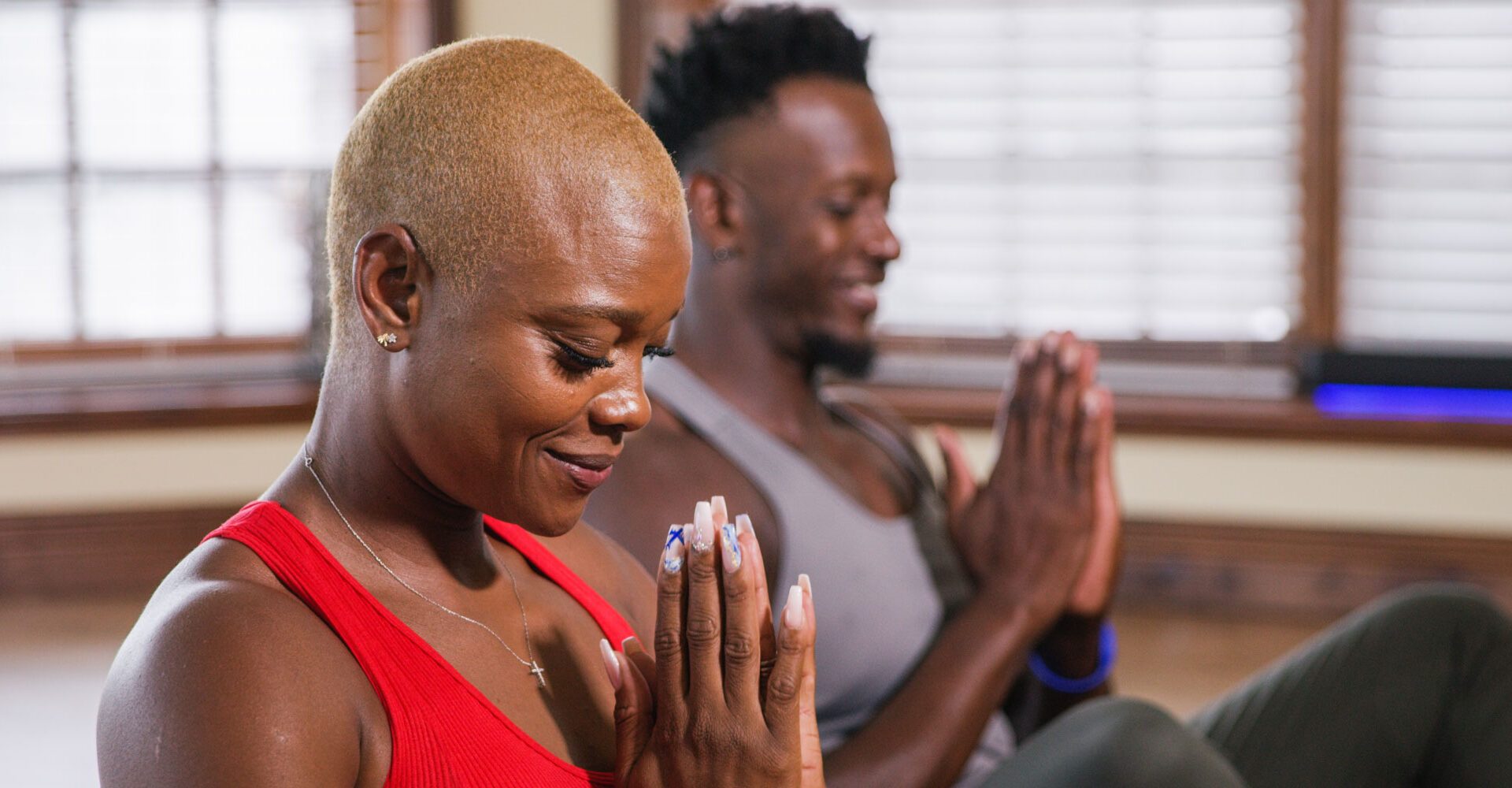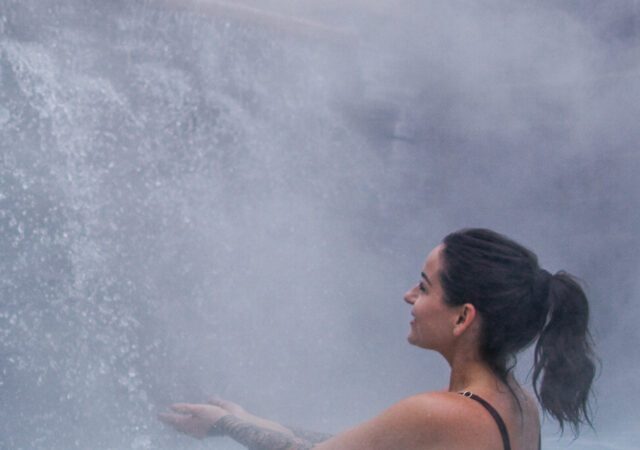Practicing Yoga Nidra

Evening and morning routines differ, as do our adherence to them. Some find morning routines easy, setting the tone for their day, while others prefer to take their time in the evenings, preparing for rest and restoration. There is no right or wrong. This blog suggests how to unwind at the end of the day, focusing on a specific type of practice: Yoga Nidra.
Yoga Nidra is a powerful, restorative yoga practice that relaxes the body through a deep meditation sequence and it has the power to strengthen both creativity and the ability to visualize. As with most meditation, it invites us to relieve muscular, emotional and mental tensions.
Yoga Nidra is not sleeping it is a state of conscious deep sleep or being asleep to the external world.
Before starting this practice, ensure access to a quiet, uninterrupted space. Choosing to practice in bed, especially if this is the end of evening routines, makes sense; I prefer my yoga mat to keep my sleep and my practice spaces defined. Light a candle, turn on the diffuser and dim the lights. Creating a calming external world helps to calm our internal world. Choose an asana, a posture, for the meditation. Generally, for the practice, one lies down, but depending on the body, another reclined pose can be chosen, other than the traditional savasana. Savasana invites us to lie on our back with legs outstretched and arms resting by our sides, palms up. Some enjoy placing a weighted object over their lower abdomens, like a heavy blanket or a sandbag, to further ground themselves. Another, or additional option is to use a bolster, or large cushion, under the knees to create space for the lower back.
If this is the first time practicing Yoga Nidra, then using a guide (there are hundreds of experienced leaders in the field readily available online or on any meditation app) is recommended.
Yoga Nidra comprises several phases:- Choosing a sankalpa, “a heartfelt desire, a solemn vow, an intention, or a resolve to do something.”
- Performing a full body scan. Envision a white light, or the full moon, that moves throughout the body. Notice any places where the body is holding tension.
- Breath, as in any yogic practice, is key. Deepening the breath, elongating inhales and exhales. Once deep relaxation is achieved, it’s almost as if you are observing yourself.
- Invoking rapid imagery based on the chakras, dualities, or various scenes.
Ultimately, the goal of Yoga Nidra, is to achieve “ananda,” pure bliss. So why not start today? Who doesn’t want to end their day in a state of bliss?














